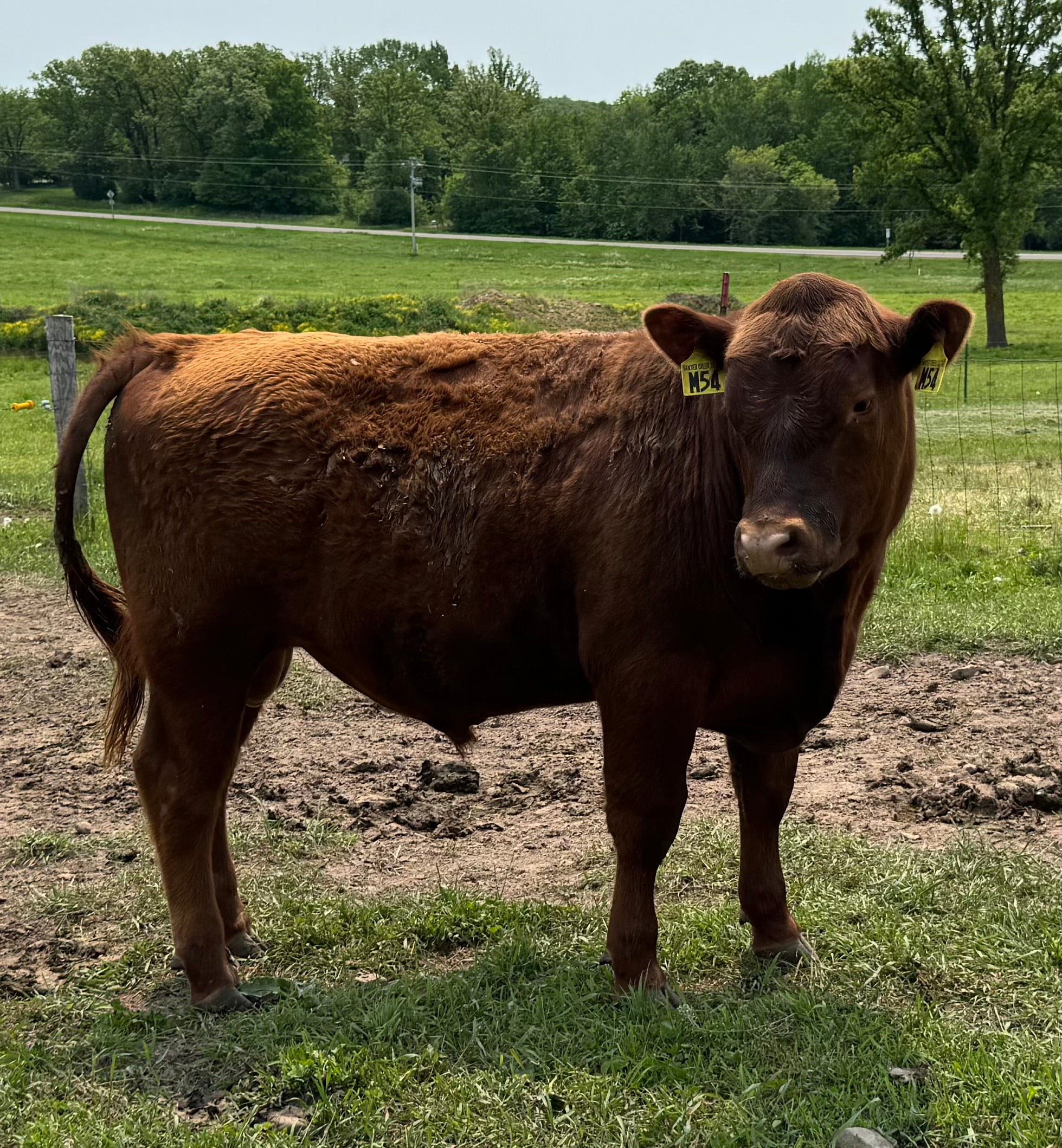Frying Fish With a Twist: Why Grass-Fed Beef Tallow Belongs at Your Friday Fish Fry
In Wisconsin, Friday night means one thing: fish fry. Whether it’s perch, cod, walleye or even bluegill, crispy golden fish is a tradition we don’t take lightly. And while most folks reach for vegetable oil, there’s another option that’s been around for generations — beef tallow.
Why tallow works for frying fish
-
High smoke point: Tallow can handle high heat, around 400 degrees, so your fish comes out crisp instead of greasy.
-
Flavor that stands out: It adds a savory richness that pairs especially well with hearty white fish such as perch, cod, walleye and bluegill.
-
A healthier choice: Unlike seed oils, tallow is naturally stable and contains healthy fats such as CLA and vitamin K2.
How it compares to other fats
-
Canola or vegetable oil: Neutral flavor, but breaks down faster at high temps.
-
Peanut oil: Great for frying, but not allergy-friendly for everyone.
-
Lard: Another traditional fat with good flavor, but a lower smoke point than tallow.
-
Tallow: Stands up to heat, adds richness, and offers extra nutrients when it’s grass-fed.
How to fry with tallow
-
Heat tallow in a cast iron skillet or fryer to 350 to 365 degrees.
-
Batter or bread your fish as usual.
-
Fry until golden brown, about three to four minutes per side.
-
Drain, sprinkle with salt, and serve with rye bread, coleslaw and all the classic Wisconsin sides.
Storage and reuse
After frying, strain your tallow through a fine mesh or cheesecloth to remove crumbs. Store it in a sealed jar in a cool place or the refrigerator. You can reuse it several times, making it a practical, thrifty option.
One note on flavor
Tallow has more character than neutral oils. Some call it richer; others notice a slight beefy note. Many people love the extra depth it brings to fried foods, especially fish — but it’s worth knowing before you try it.
Back to our roots
Before modern seed oils came along, families often fried with animal fats like lard and tallow. It was simple, practical and flavorful. Bringing it back into the kitchen today isn’t just about nostalgia — it’s about reconnecting with real food.
So the next time you’re frying up perch, cod, walleye or bluegill for a Friday night supper, remember there’s more than one way to get that perfect crisp. Grass-fed beef tallow might not be as common these days, but it’s a nod to tradition — and it just might make your fish fry even better.
